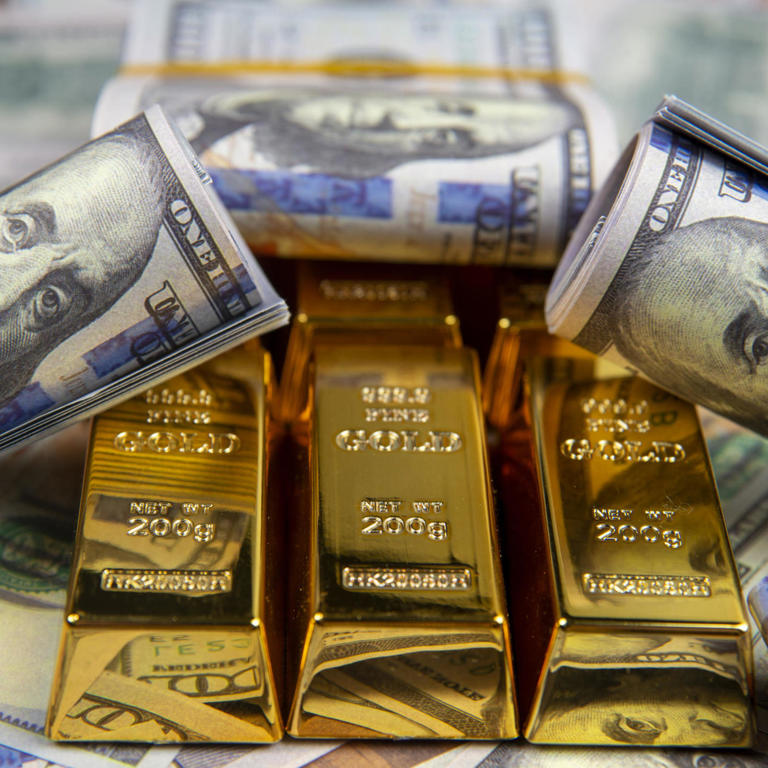The struggle against inflation has intensified, evident from the latest consumer price index data, which revealed a significant 3.5% increase in U.S. prices from a year ago in March. This marks the third consecutive month of accelerated inflation, propelled primarily by surges in gasoline prices and rent. Such sustained inflationary pressure has raised doubts about the Federal Reserve’s plans to lower its benchmark interest rate, a move that was previously anticipated to occur in June. Fed Chair Jerome Powell has emphasized the critical importance of closely monitoring inflation data and cautioned against premature rate cuts that could exacerbate inflationary trends.
The spike in gasoline prices can be attributed in part to the rising demand in the United States, coupled with mounting geopolitical tensions in regions like Russia and the Middle East. These factors have contributed to a national average gasoline price of $3.62 per gallon, reflecting a 6.6% increase from just a month ago. Additionally, rents remain stubbornly high amidst the country’s constrained housing supply. Other contributing factors to inflation include substantial increases in car insurance premiums, driven by extreme weather events and escalating costs associated with new automobiles.
For the Federal Reserve, hiking interest rates represents the most potent tool in combating inflation, as it serves to curtail spending by increasing the cost of borrowing. However, with inflation showing no signs of abating, economists are increasingly of the view that the Fed has little incentive to cut rates in the near term. Presently, the federal funds rate fluctuates between 5.25% and 5.5%, following a series of 11 rate hikes since March 2022.
Before the release of the latest inflation report, economists had anticipated a rate cut at the Federal Reserve’s June meeting, with further cuts expected throughout 2024. However, given the recent inflationary data, experts are revising their forecasts. A delayed rate cut could have significant implications for consumers, potentially prolonging higher borrowing costs. This would impact various forms of lending, including auto loans, credit card rates, and other loans linked to the Fed’s benchmark rate.
The response in the stock market was swift, with investors reacting negatively to the prospect of delayed rate cuts. This uncertainty prompted investors to pull back, contributing to a decline in market performance. Conversely, savers may find solace in higher interest rates offered on savings accounts and certificates of deposit, presenting an opportunity to earn returns exceeding the prevailing inflation rate. This could serve as a hedge against the erosion of purchasing power caused by inflation, offering a silver lining amidst the prevailing economic uncertainty.
